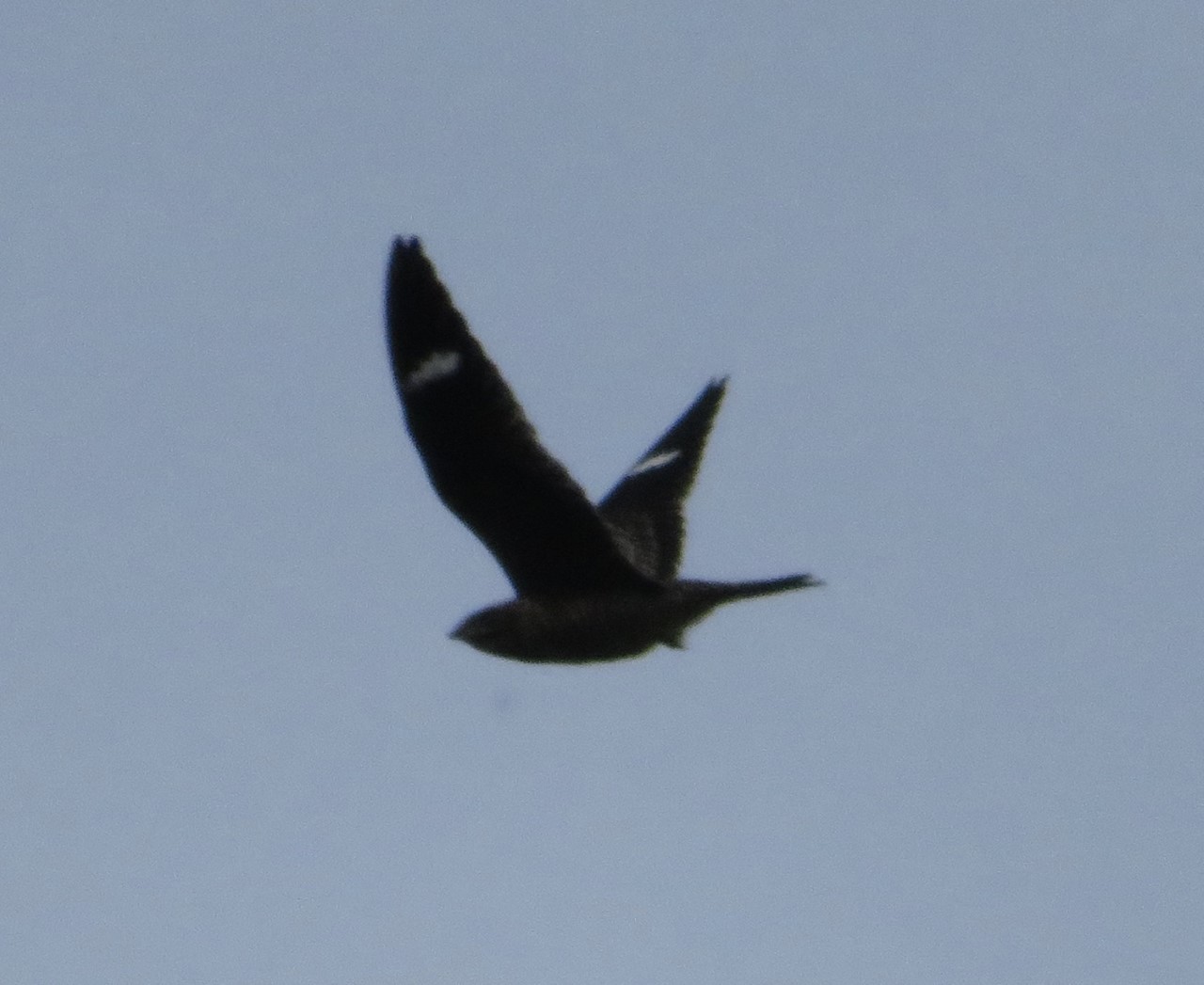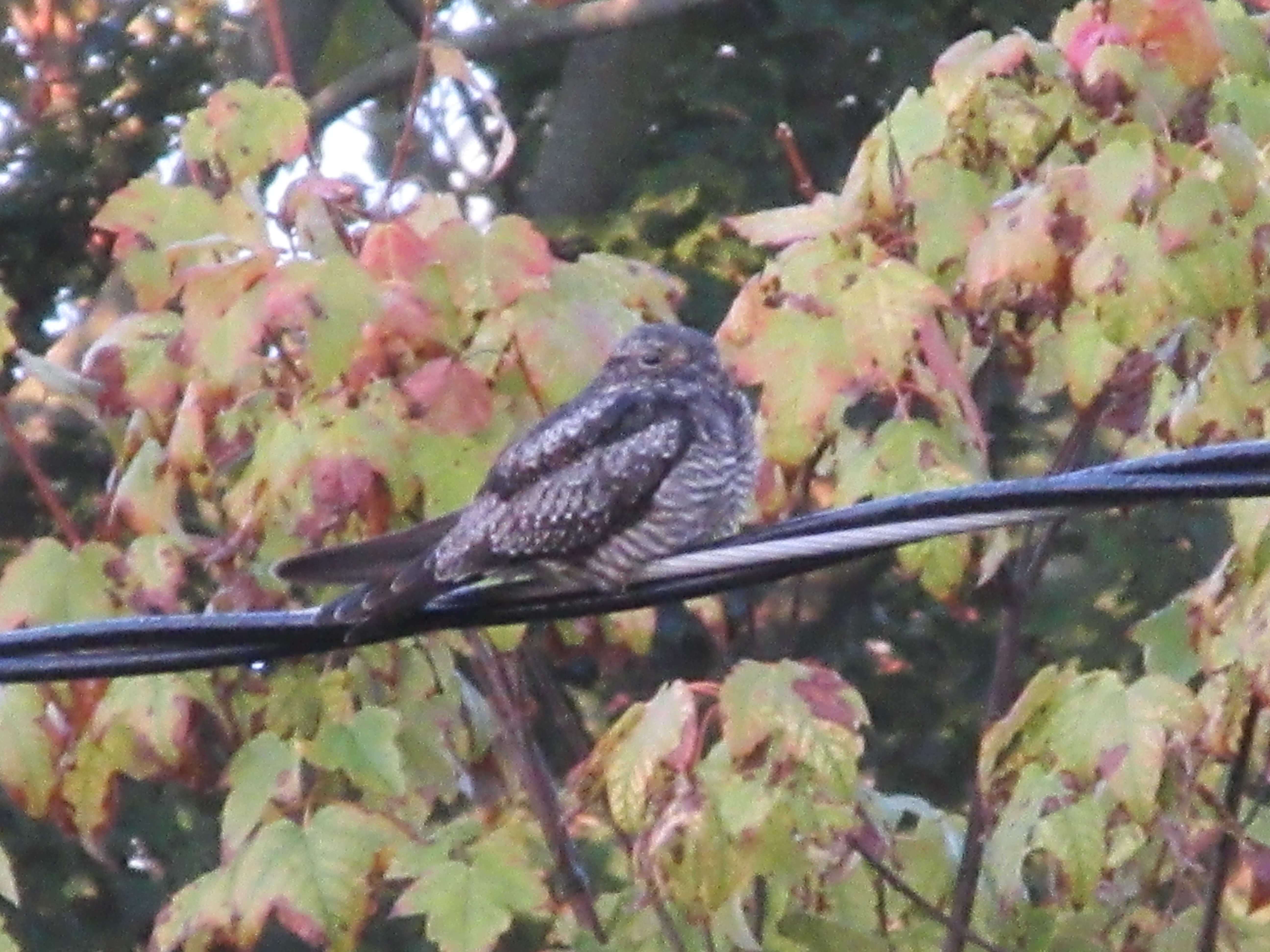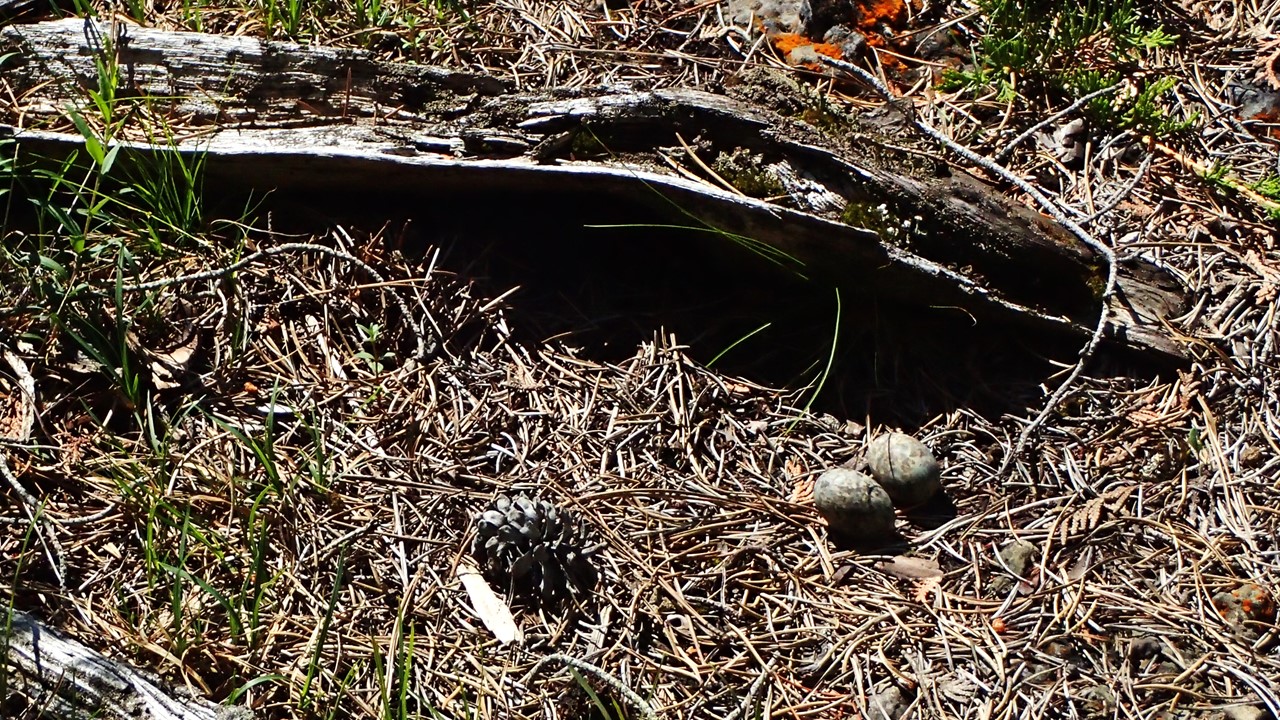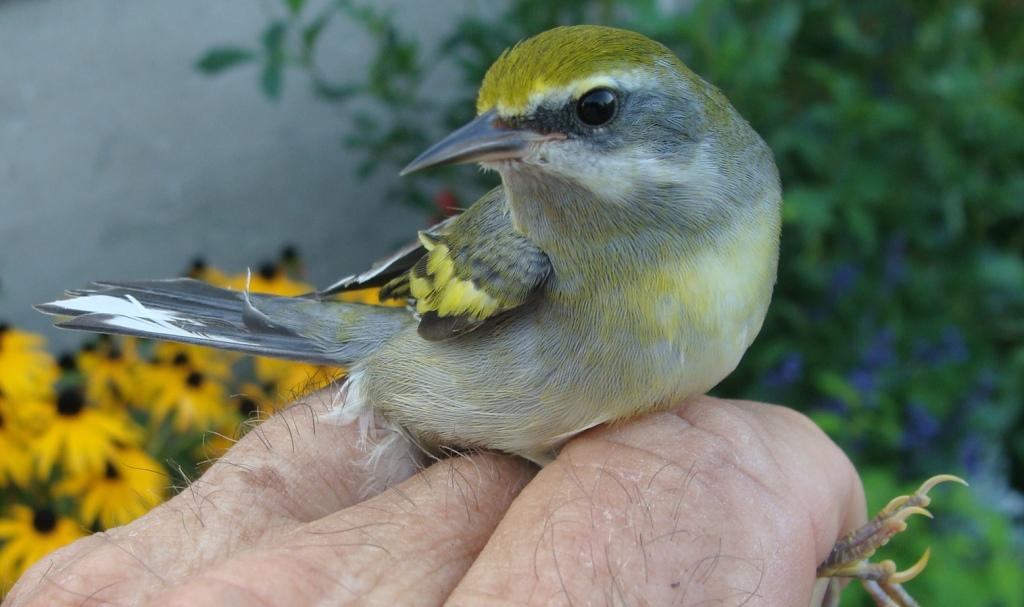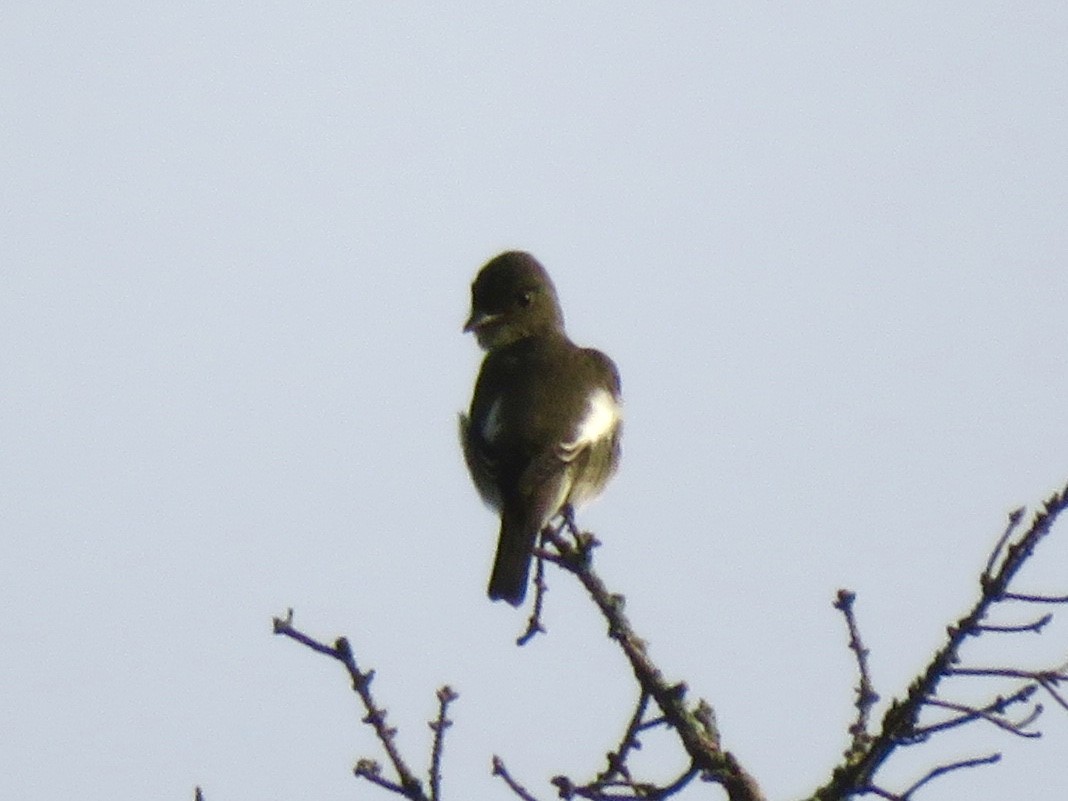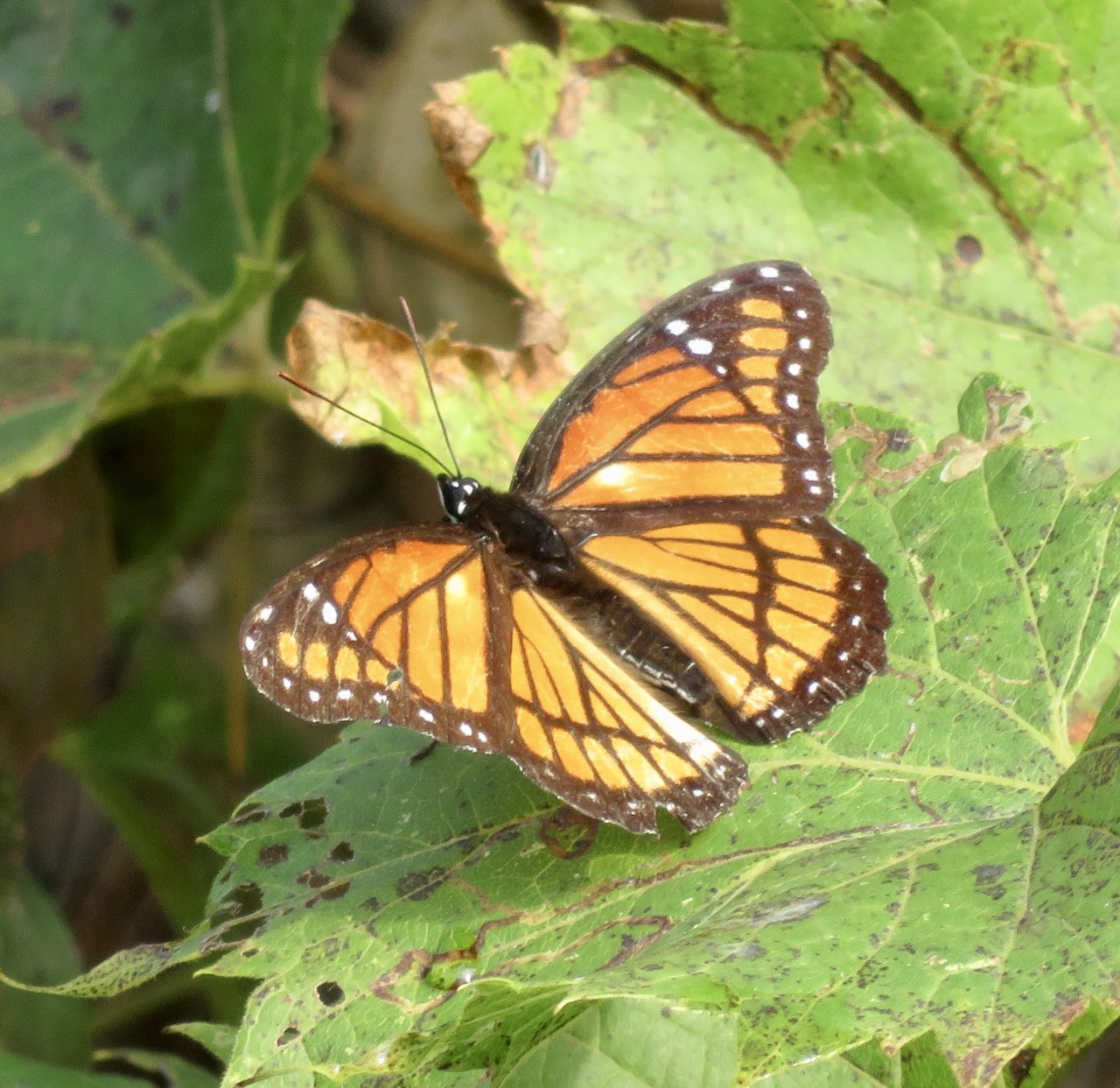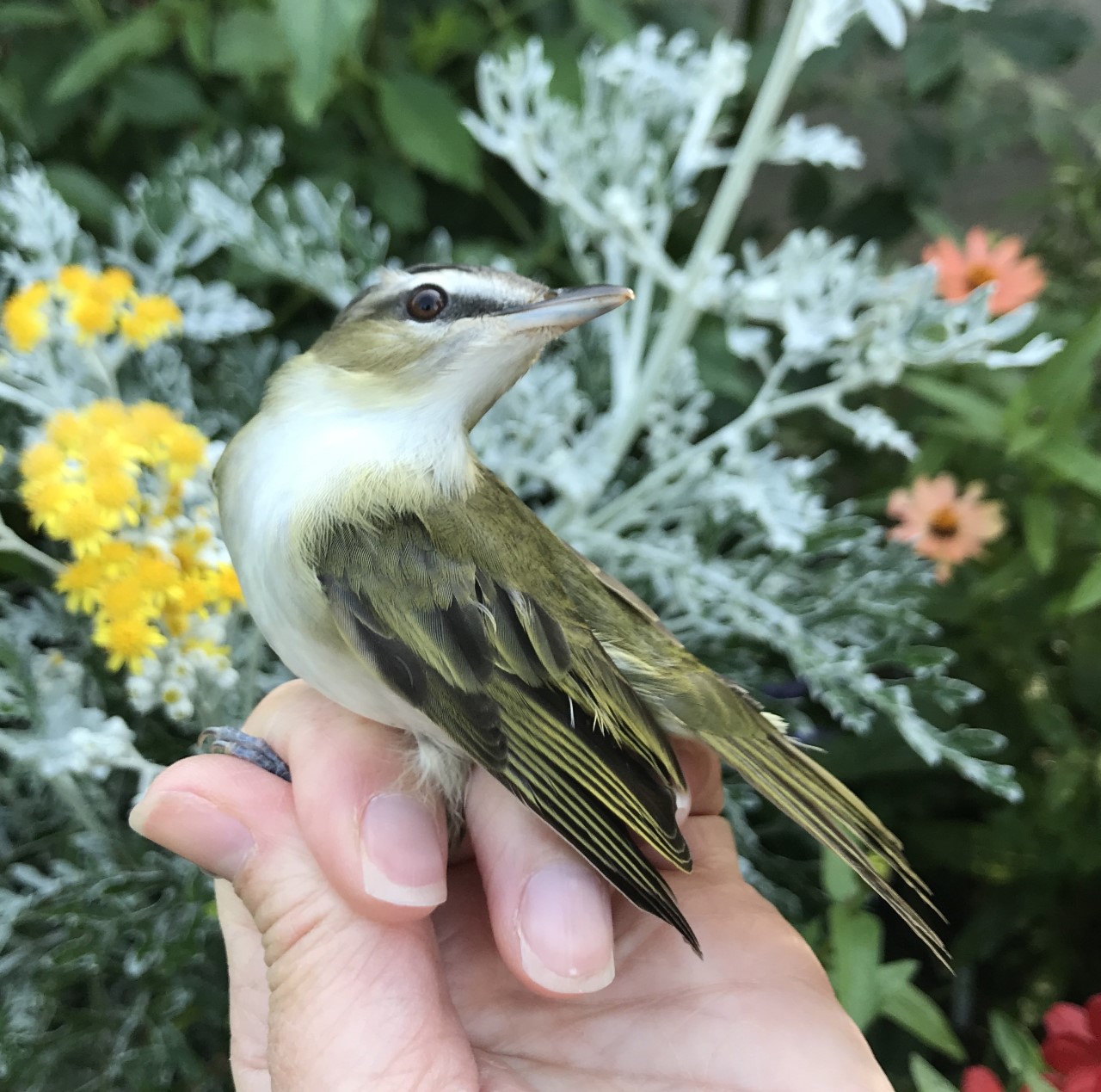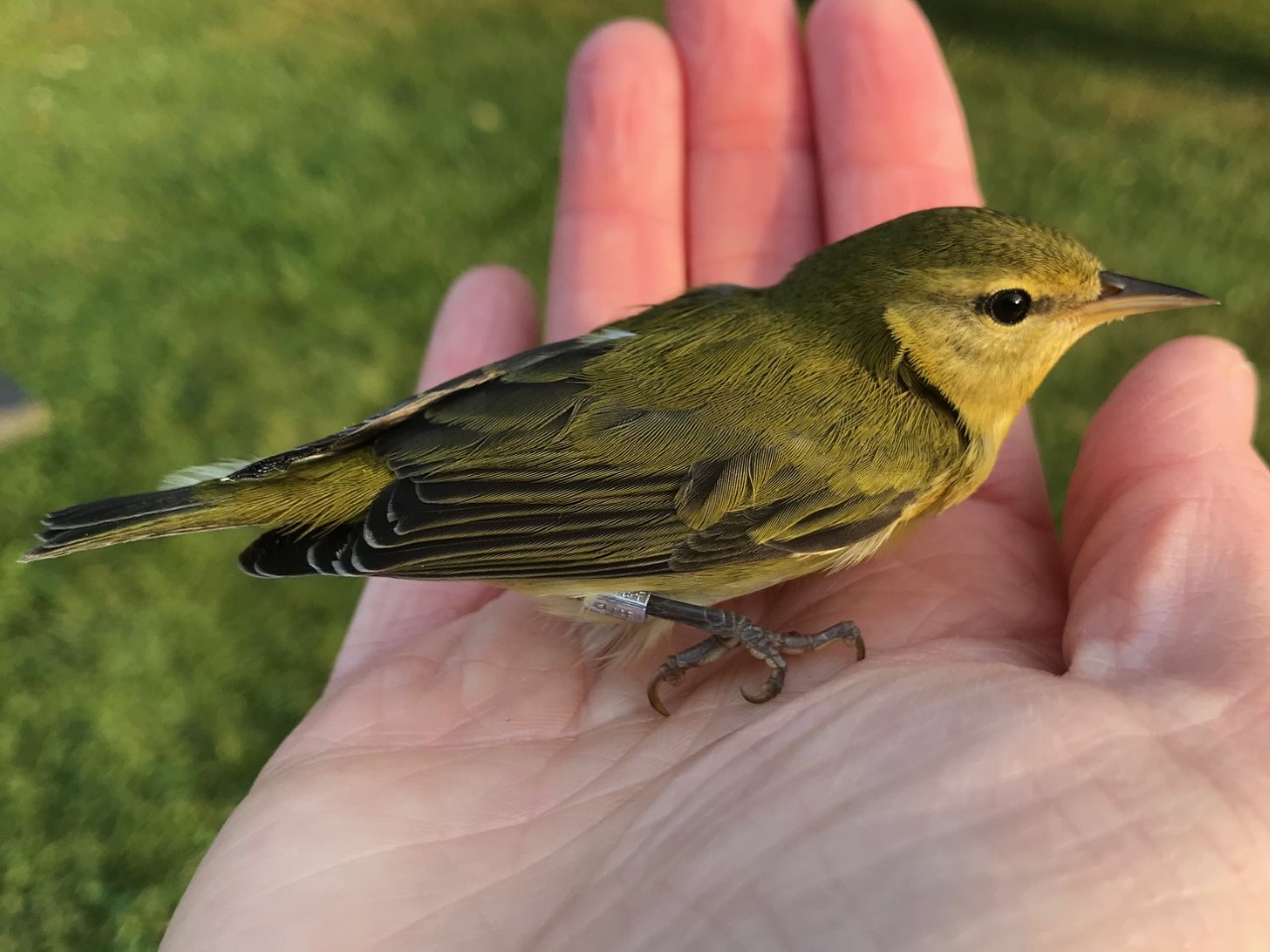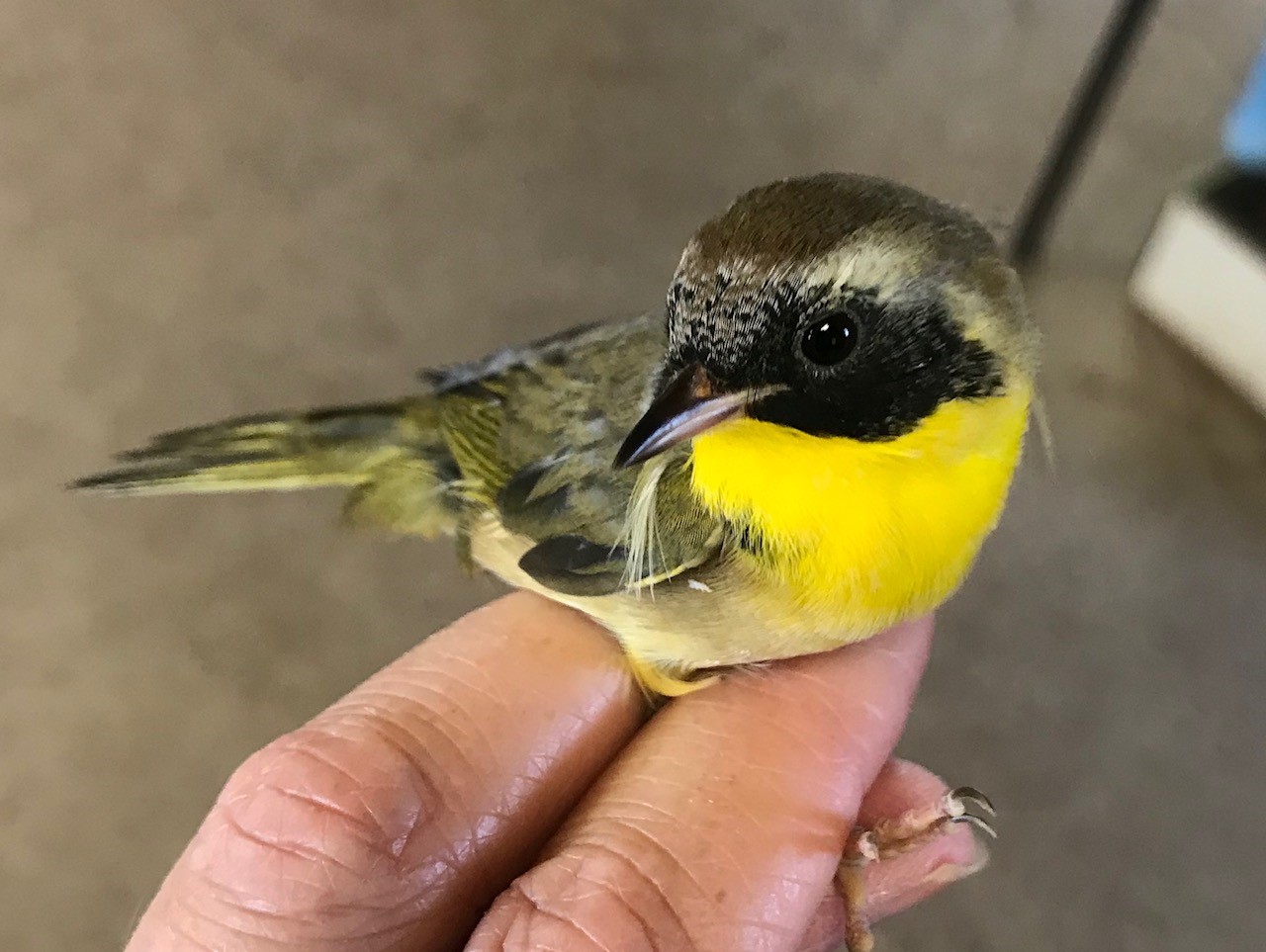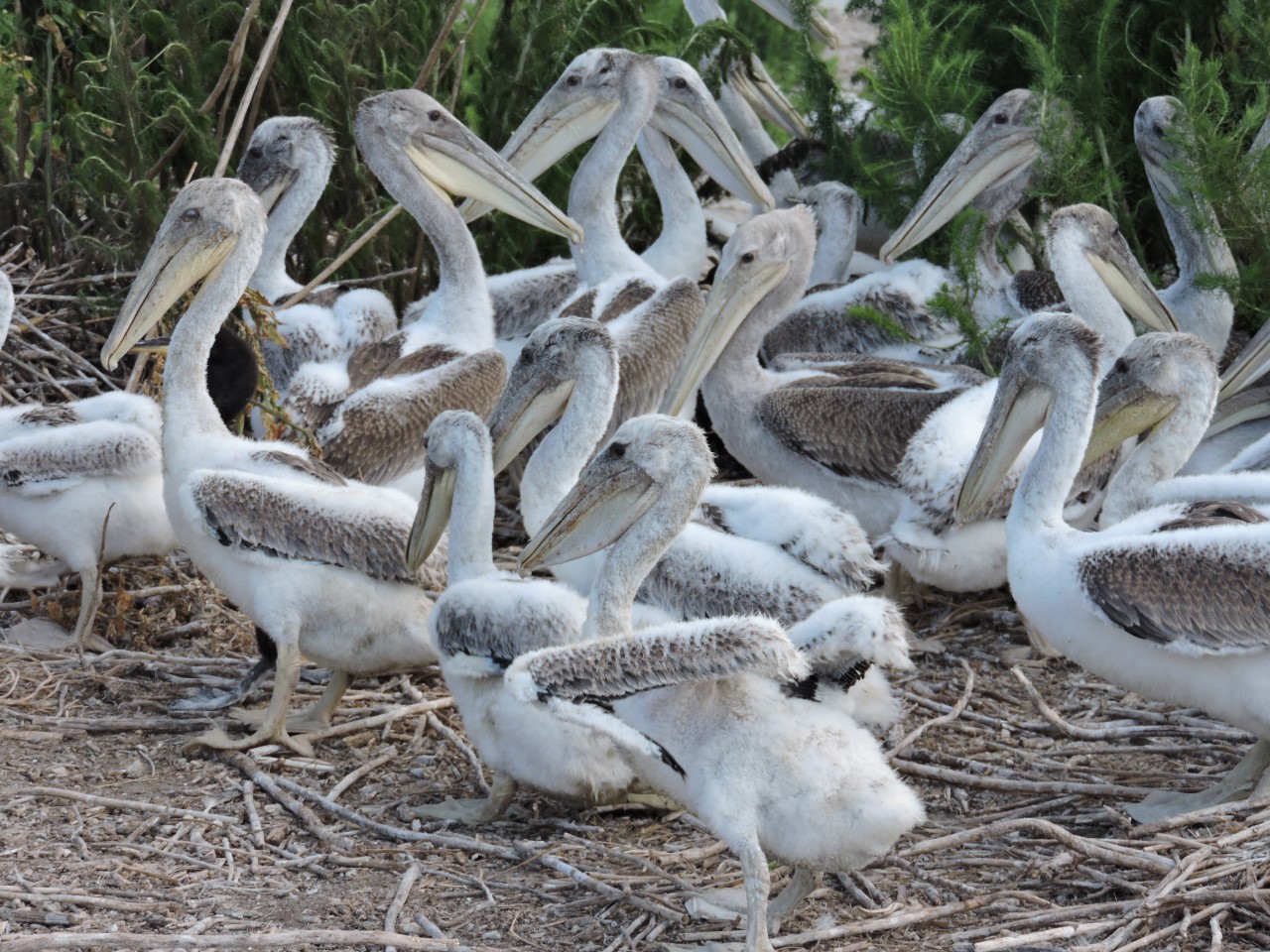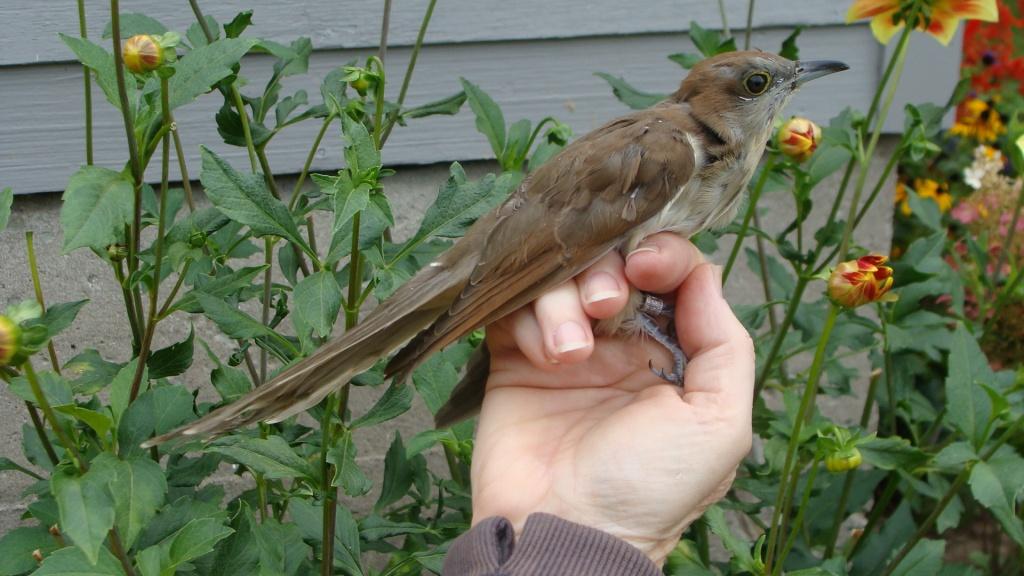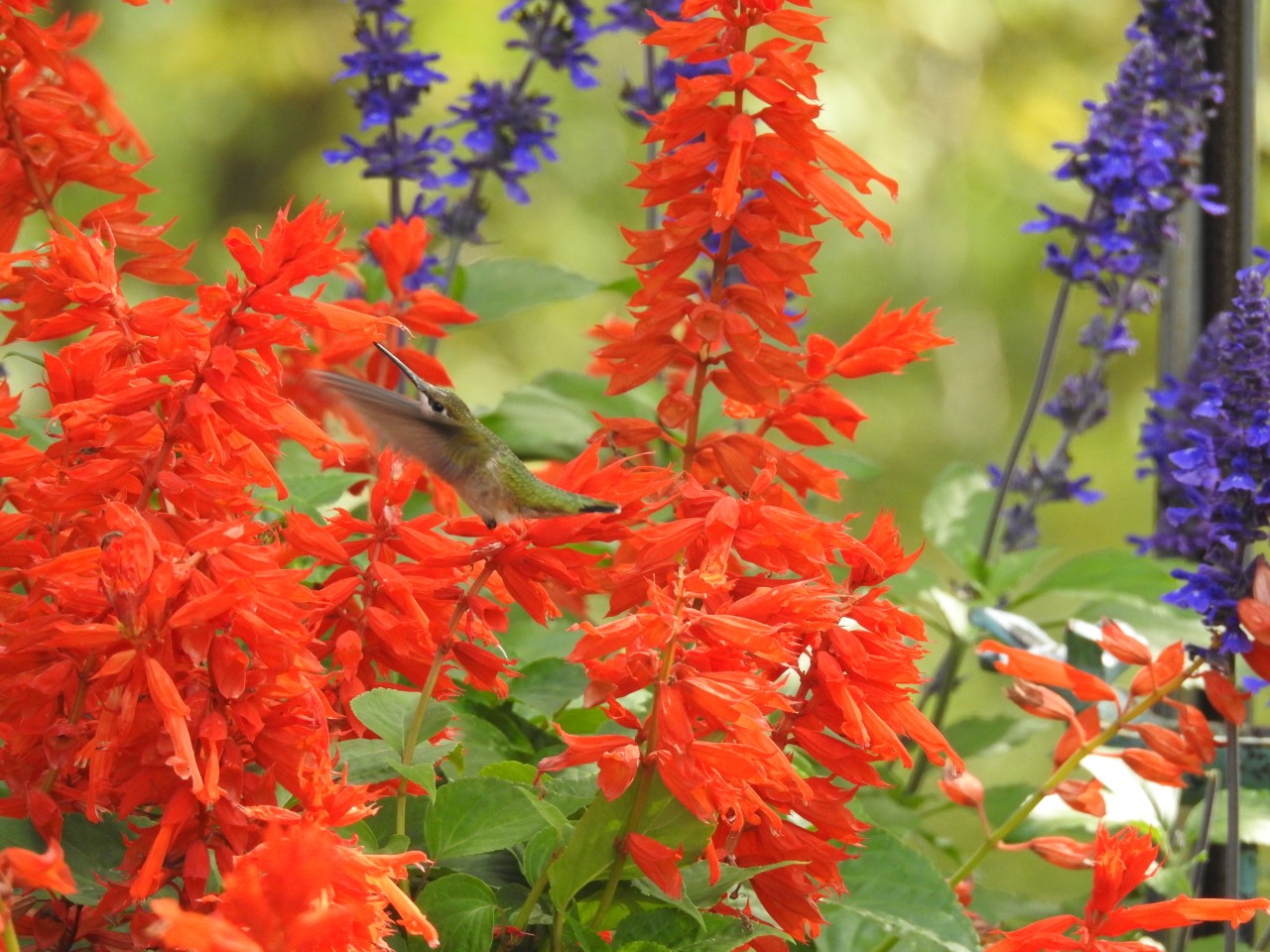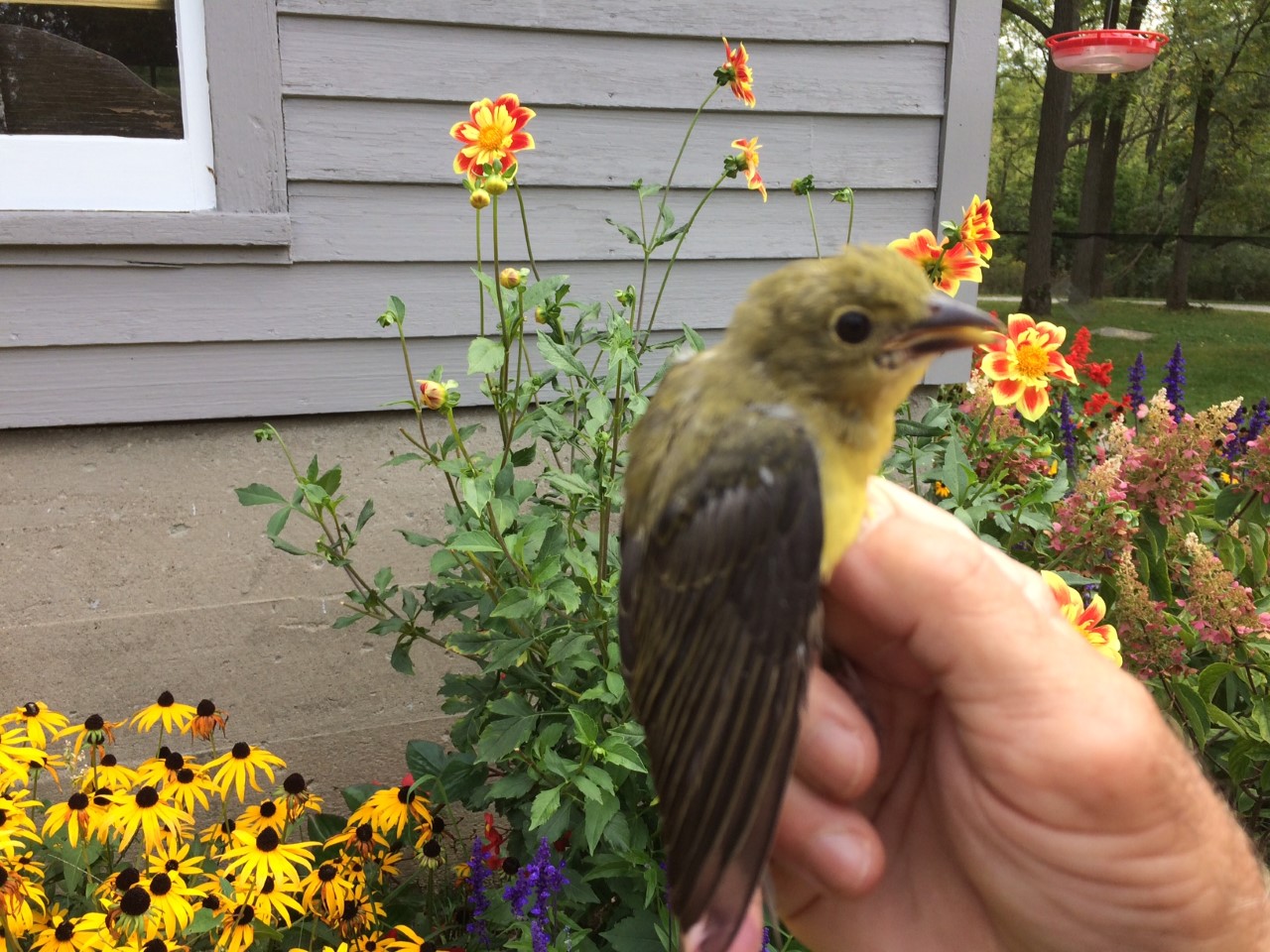I got an urgent text from Karen last night letting me know that there was a sizeable group (10 at least) of Common Nighthawks flying around the vicinity of her house in Caledonia. Half an hour later I went out on my back porch to watch the coming thunderstorm and saw at least five flying acrobatically over the Grand River. These might have been some of the ones that Karen had spotted and they had moved downriver or….they might have been other ones. I’m hoping they were in addition to the ones that Karen had seen. This hope is based on the fact that the number of this bird has taken a significant nosedive since the 1970’s.
When I was kid (well before the 70’s), growing up in the east end of Hamilton, the sound of nighthawks was often the last thing I heard before falling asleep on warm Summer nights. They were common everywhere and it was a favourite pastime of mine to watch them just before dusk chasing insects high overhead or swooping toward earth only to pull up at the last minute. Some nested on the gravel roof of W.H. Ballard Public School just 2 blocks away. In those days there were many gravel roofs – tarred roofs hadn’t taken over yet. As far as I know you don’t see them in Hamilton anymore in the Summer. That sizeable breeding population just doesn’t exist anymore.
A look at the maps in the 2001-2005 Ontario Breeding Bird Atlas is pretty depressing. Most of the squares in southern Ontario have a little black dot in them indicating that they were present during the time of the first Atlas (1981-1985) but not in the second. Bob Curry in his Birds of Hamilton and Surrounding Areas noted that the species was confirmed in only one atlas square in the Hamilton area. He also noted that birds migrating south have dwindled in the area from “quite large flocks” in the early 90’s to groups of just 20-38 in the early 2000’s. So the 10-15 that Karen and I saw between us might represent a significant sighting.
You don’t hear much about the migration of this bird but it’s a real long-distance migrant nesting throughout all of Canada except Nunavut and wintering in most of South America although it’s most abundant in eastern Peru, eastern Ecuador and southern Brazil. Incredible to think about!
So what’s the problem? Like the rest of the aerial insectivores the use of pesticides and agricultural mono-cropping has, likely, decimated the insects they depend on. Simply put there’s just not enough insect food to maintain them, especially in southern Ontario. Further, nesting places down here are few and far between…..no more gravel roofs for one thing, to say nothing of urban sprawl. So, if you get a chance, wander down to the Grand River in the next week or so in the late evening and maybe you’ll see remnants of a once great population of a marvellous bird as it heads toward South America.
Rick

